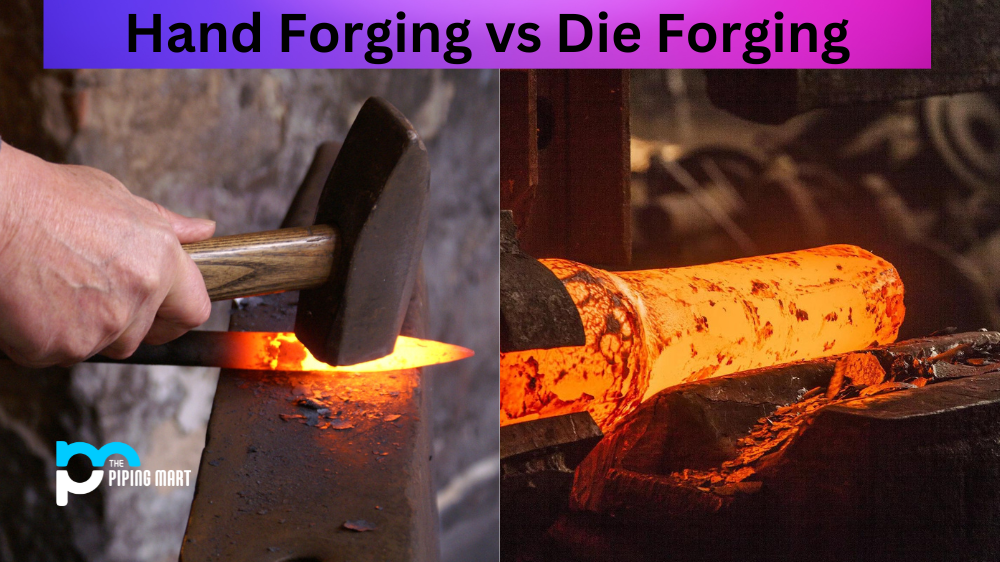Conventional welding, also known as manual welding, has been around for centuries. Despite the many advances in welding technology, conventional welding is still widely used today. In this blog post, we’ll look at the advantages and disadvantages of using conventional welding. We’ll also discuss some common applications of this type of welding.
Advantages of Conventional Welding
One of the primary advantages of conventional welding is that it is relatively simple to learn and use. With a few basic tools and supplies, anyone can start practising their hand at manual welding. Additionally, this type of welding does not require expensive machinery or specialized tools, making it a cost-effective option for small-scale projects. Another advantage is that manual welds can be done anywhere since no power source is required—perfect for outdoor job sites or remote locations with limited access to electricity.
More Affordable
One of the primary advantages of conventional welding is that it is more affordable than other welding methods. This is due to the fact that conventional welding does not require special equipment or training and can be performed using basic tools that are readily available.
Faster Welding Times
Another advantage of conventional welding is that it can be performed faster than other methods, such as gas welding. This is due to the fact that conventional welding uses an electric arc to heat the metal, which allows for a quicker weld.
Greater Strength
Conventional welding also results in a stronger weld than other methods, such as brazing. This is due to the fact that the heat from the electric arc penetrates deeper into the metal, which creates a stronger bond between the two pieces of metal.
Increased Versatility
Conventional welding is also more versatile than other methods, as it can be used on a variety of different materials, including metals, plastics, and glass. Additionally, conventional welding can be used to create both permanent and temporary joints.
Less Likely to Cause Damage
Another advantage of conventional welding is that it is less likely to cause damage to the material being welded. This is due to the fact that the electric arc does not create as much heat as other methods, such as gas welding, which can cause warping or melting of the material.
Disadvantages of Conventional Welding
The biggest downside to conventional welding is that it takes much longer than other forms of welding because each weld must be done by hand. This means that larger projects will take longer to complete and may require more hands on deck in order to meet tight deadlines. Additionally, manual welds are not as strong as those produced by automated machines—a factor which should be taken into consideration when selecting the right type of welding process for your project. Finally, if your job requires precision or accuracy over speed, then you may need to consider alternative forms of welding, such as gas tungsten arc (GTAW).
Health Risks
One of the primary disadvantages of conventional welding is the health risks that are associated with it. Welding emits a variety of harmful substances into the air, including fumes, smoke, and ultraviolet radiation. These substances can be harmful to the welders themselves, as well as to those who are nearby. Additionally, welding can generate a great deal of noise, which can also be harmful to the health of those exposed to it.
Environmental Concerns
Another disadvantage of conventional welding is the environmental concerns that are associated with it. Welding produces a variety of pollutants that can damage the environment, including carbon dioxide, nitrogen oxides, and particulate matter. These pollutants can contribute to climate change, as well as respiratory problems and other health issues.
High Costs
Another disadvantage of conventional welding is the high costs associated with it. Welding equipment and supplies can be expensive, and the process itself requires a great deal of energy. This can make welding prohibitively expensive for some people or businesses.
Limited Applications
Conventional welding also has limited applications. It is not well suited for use in environments where there is a risk of explosion or where flammable materials are present. Additionally, conventional welding cannot be used on certain types of metals, such as aluminium or magnesium.
Safety Risks
Finally, conventional welding also poses safety risks both to the welder and to those who are nearby. Welding produces sparks and heat that can easily start fires, and welders must take care to avoid coming into contact with hot metal or molten metal.
Common Applications
Despite its limitations, conventional welding still has its uses in certain situations. This type of welding is ideal for smaller jobs like automotive repair work or metal fabrication projects where speed isn’t a major concern. It can also be used in areas where access to electricity is limited or non-existent (such as underwater repairs) since no external power source is required. Finally, manual welds are often preferred for artistic projects such as sculptures or ornamental pieces due to their superior aesthetic appeal compared to machine-welded joints.
Conclusion:
In conclusion, conventional welding offers several advantages, including ease of use and affordability, when compared to more complex types of welders, such as GTAW or shielded metal arc (SMAW). However, there are some disadvantages associated with this type of manual process, such as decreased strength and slower speeds compared to automated machines. Ultimately, whether you choose to use conventional welds will depend on the specific needs and requirements of your project, so it’s important to weigh all options carefully before making your decision. Intended Audience: Hobbyists/DIYers interested in learning about conventional welding

Abhishek is a seasoned blogger and industry expert, sharing his insights and knowledge on various topics. With his research, Abhishek offers valuable insights and tips for professionals and enthusiasts. Follow him for expert advice on the latest trends and developments in the metal industry.




